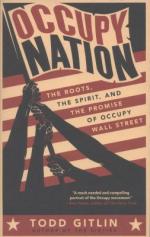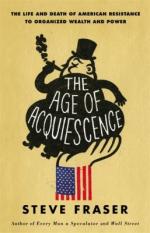July 16, 2019 | SuzyQ
Following ratification by the state of Virginia, The Bill of Rights became law on December 15, 1791. Comprised of the first 10 amendments to the Constitution, they were written by James Madison in response to requests from several states for greater constitutional protection for individual liberties. The First Amendment reads as follows:
"Congress shall make no law respecting an establishment of religion, or prohibiting the free exercise thereof; or abridging the freedom of speech, or of the press; or the right of the people peaceably to assemble, and to petition the Government for a redress of grievances."
Learn about the long history of dissent in America by checking out some of the following resources available in the Library's collection.
From the American Revolution through the Civil Rights movement, Americans have long mobilized against political, social, and economic privilege. Hierarchies based on inheritance, wealth, and political preferment were treated as obnoxious and a threat to democracy. Mass movements envisioned a new world supplanting dog-eat-dog capitalism. Steve Fraser's account of national transformation brilliantly examines the rise of American capitalism, the visionary attempts to protect the democratic commonwealth, and the great surrender to today's delusional fables of freedom and the politics of fear.
Personal accounts from American soldiers who opposed the Vietnam war.
When the Framers of the Constitution developed what we call today the Freedom of Speech, they didn't realize they would be setting a foundation for the American political character we know today. Revolutionary Dissent shows that the roots of the careers of satirists like Jon Stewart and Stephen Colbert and pundits like Rush Limbaugh and Keith Olbermann, and the acts of flag burning, draft card destruction, and sit-ins like Occupy Wall Street, lie in the Revolutionary period's inflammatory engravings of Paul Revere, the polemics of Thomas Paine, and the symbol-laden protests again the Stamp Act.
Whether it is an explosive surge of protest calling for racial justice in the United States, a demand for democratic leadership in the Middle East, or a tent city on Wall Street that spreads throughout the country, when mass movements erupt onto our television screens, the media portrays them as being as spontaneous and unpredictable. In This is an Uprising, political analysts Mark and Paul Engler uncover the organization and strategies behind such outbursts of protest, examining core principles that have been used to spark and guide moments of transformative unrest.
















